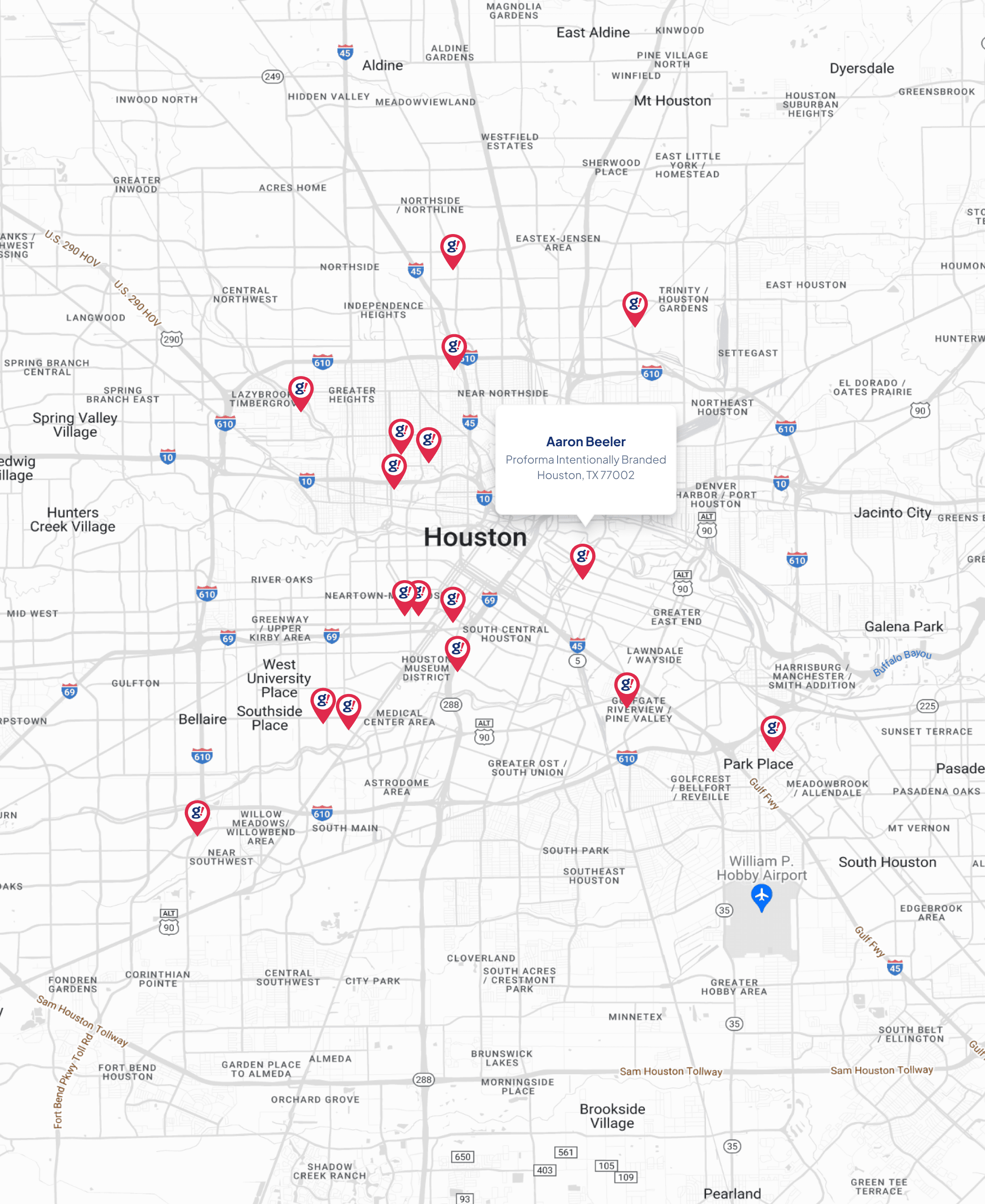5 Practical Ideas to Gamify Your Marketing Strategy
- Updated on: 2019-06-22
- Read original article here

Gamification is not a new concept for marketers. As a kid, I remember buying a certain product just to add to my superhero action figure collection! We may call that old-school gamification. Although times and avenues have changed, marketers have implemented the same technique in the online context to achieve an organization’s marketing goals. The goals could be to speed up product adoption (onboarding), boost customer loyalty, or bring in new leads.
Gamification is an application of gaming mechanics in a non-gaming context. It offers users an engaging way to interact with your brand. Speaking from a scientific perspective, gamification works because of the reward-seeking behavior prevalent in the human brain. Our brain releases dopamine - a feel-good chemical whenever we experience pleasure. And as creatures of habits, we feel sheer pleasure when we indulge in a habit. And that’s when our brain releases dopamine, encouraging us to engage in that activity over and over. Gamification borrows from this concept by rewarding users for completing certain tasks.
Let’s look at 5 practical ideas to to your marketing strategy.
To make users acquainted with your product, you need to establish a loop where they use the product frequently. Introducing gamification during onboarding can help you achieve this. Start by putting forth a list of pre-populated things a user can do with the product.
Habitica - a gamified productivity app does it by giving you a list of tasks and habits based on your preferences and gives rewards (app configured or user-generated) after completing the tasks.
Another website/app, called Product Hunt allows you to become a contributor upon completing a series of tasks, which may take up to a week ensuring product stickiness.
Badges are probably among the most widely used gamification elements. Although badges have earned the reputation of being ineffective due to their overuse, a well-designed badge earning system can prove it otherwise. Think of a badge as savoring a cheat meal after religiously following your diet. You earn it! To make badges work, offer them to convey goal-achievement or progress. This makes badges appear as a scarce element and something worth achieving.
For example, Google Maps offers badges like Reviewer, Photographer, Trailblazer and Fact Finder to its Local Guides. You can climb up to the Master status in any of the above categories through Novice and Expert statuses based on your contribution in terms of reviews, rating, and photos.
Sometimes the biggest incentive is not money but a sense of community. Getting recognized for your knowledge by fellow members increases your happiness quotient. This creates a loop of instant gratification where you get immediate positive feedback for your behavior. Various Q&A sites like Quora, Reddit etc. thrive on this idea where Quoransget upvotes or downvotes for their answers and Redditorsgain or lose karma points for sharing links or posting comments. Reddit goes a step beyond by allowing its users to distribute Reddit Gold (Reddit’s premium membership program) to its users.
If the community aspect is absent in your product, you can distribute points for completing certain tasks, which users can redeem later (Like a virtual currency).
We can imagine it’s 2012 and talk about our Klout scores. Klout aggregated activities across multiple platforms and assigned a score between 1 to 100, where a higher number denoted higher social influence. This encouraged users to spend more time on social media to increase their Klout score. Such is the power of leaderboards. The quest to top each other increases product engagement. To make leaderboards work, the odds should be in favor of users and the status should be incentivized. That incentive could be badges, points or any other form of recognition that can motivate the user to remain with the product.
Let’s take gamification offline for a minute. Handwritten thank you notes never go out of style because of their personal touch. People feel appreciated when their efforts are recognized. Many websites and software firms run bug bounty programs where users receive compensation for reporting bugs in their products. Along the similar lines, Buffer and many other companies run community delight program where they send out “swag” (stickers, notebooks, pens etc.) to their community members across the world.
This form of gamification emphasizes one-on-one relationships and further boosts customer loyalty.
Gamification works because it targets a primal human need of gaining recognition through instant gratification. Before introducing gamification in your marketing, understand your target audience, their pain areas and how gamification can solve their problem.



